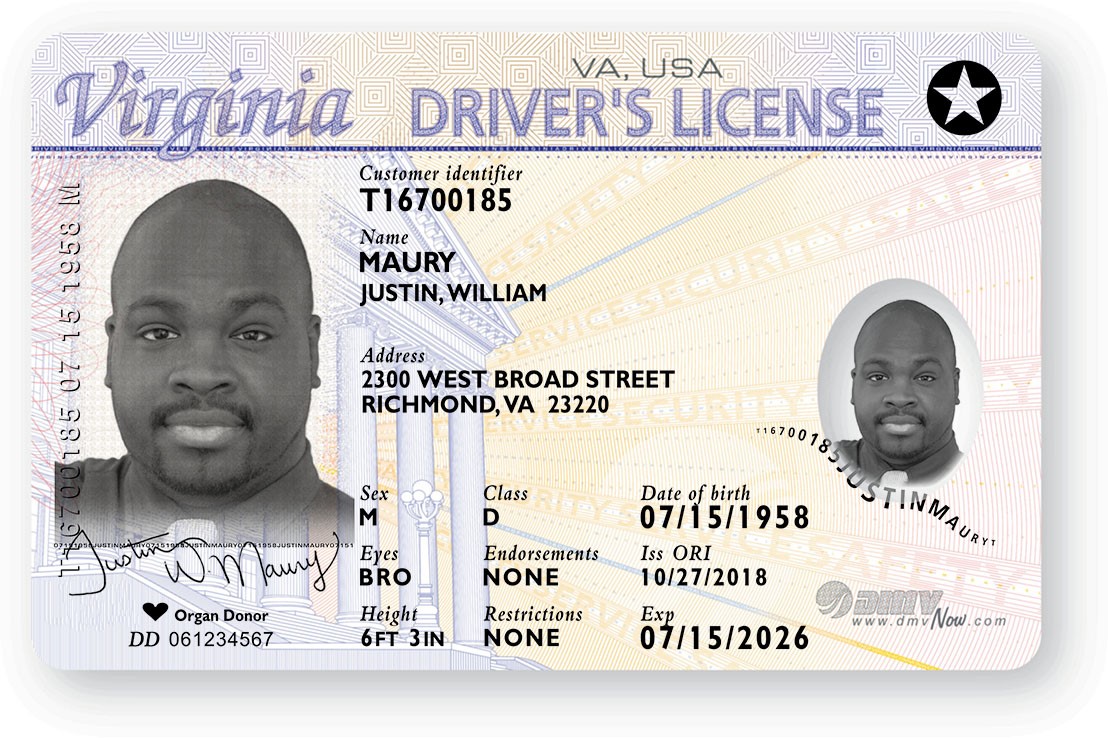As the long-awaited REAL ID deadline takes effect Wednesday, federal officials are reassuring travelers that they will still be able to board domestic flights even if they haven’t yet obtained a REAL ID-compliant form of identification. The announcement comes amid a nationwide rush to meet the requirements, with long lines forming outside government offices from.
Homeland Security Secretary Kristi Noem addressed concerns during a congressional hearing on Tuesday, noting that the majority of travelers are already in compliance. “Eighty-one percent of travelers already have IDs that comply with the REAL ID requirements,” Noem said, adding that Transportation Security Administration (TSA) agents will continue to accept U.S. passports and tribal IDs at security checkpoints.
For those without a REAL ID, Noem emphasized that alternative procedures will be in place to ensure they can still fly. “Those who still lack an identification that complies with the REAL ID law ‘may be diverted to a different line, have an extra step,’” she said. “But people will be allowed to fly,” Noem continued. “We will make sure it’s as seamless as possible.”
The TSA has echoed that guidance, advising travelers who do not have a REAL ID to arrive early and be ready for enhanced screening measures to avoid delays at airports.
Government offices across the country have extended their hours in anticipation of the surge, with many people waiting for hours on Tuesday to update their identification before the new federal enforcement begins. In California, for example, approximately 58% of driver’s license and ID cardholders have obtained a REAL ID. The state’s Department of Motor Vehicles is extending office hours through June 27 to help residents meet the requirement. Officials also remind Californians that a valid U.S. passport can be used in lieu of a REAL ID for domestic air travel and federal building access.
The REAL ID Act, passed in 2005 following a recommendation by the 9/11 Commission, establishes minimum security standards for state-issued driver’s licenses and identification cards. Originally scheduled for rollout in 2008, its implementation has been postponed multiple times due to logistical challenges and public readiness.
REAL ID-compliant licenses feature a distinctive symbol—typically a star—in the upper corner, signaling that the card meets federal security standards. In addition to boarding domestic flights, these IDs will also be required for entry into certain federal facilities and military bases.
In recent weeks, Noem has appeared in public service announcements warning Americans about the new enforcement. “These IDs keep our country safe,” she stated in a Department of Homeland Security television ad, underscoring the importance of the new identification standard for national security.
While the transition may present some initial hurdles for travelers, federal agencies are working to minimize disruptions. With additional screening measures and extended office hours in place, most Americans are expected to adapt to the new requirements with minimal impact.







Comments